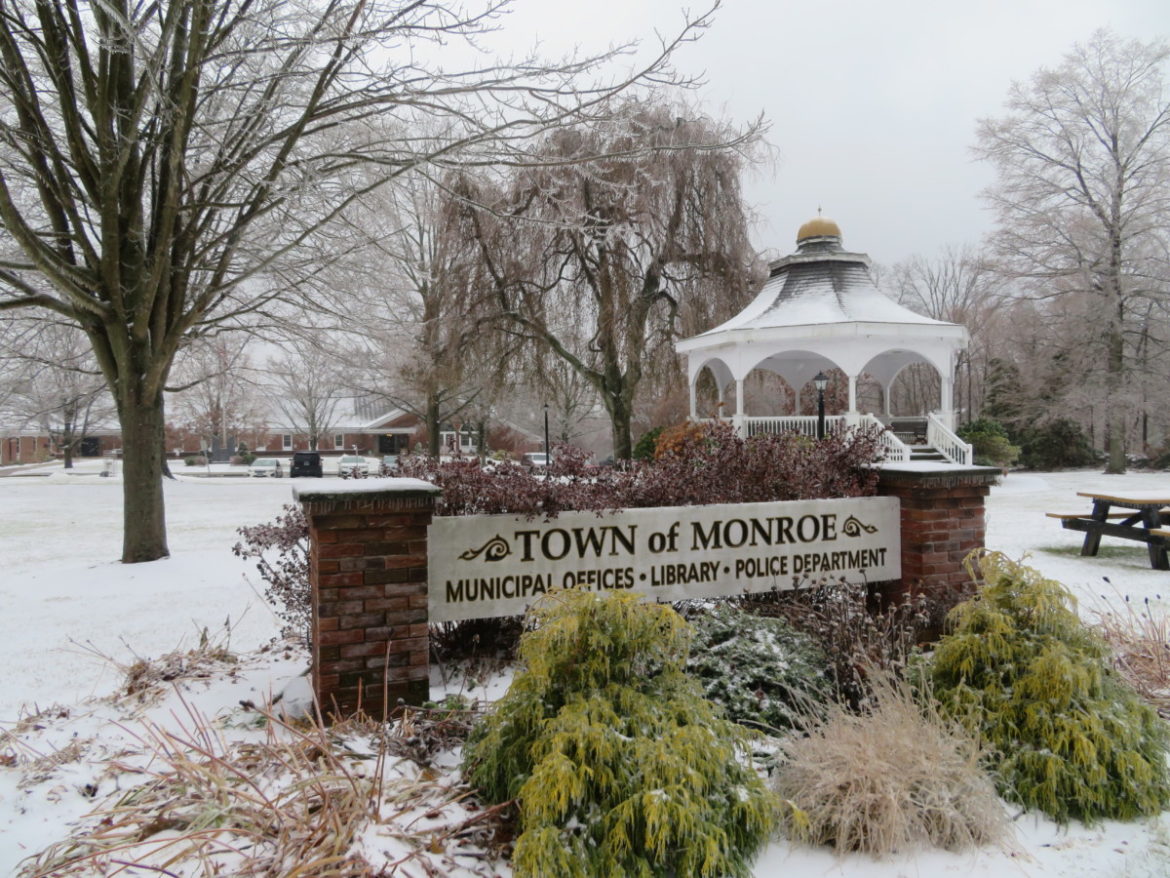A Plan of Conservation and Development establishes a common vision for a town’s future and contains policies and recommendations to achieve that vision, according to Town Planner Rich Schultz.
Monroe is already known for its good schools, quiet residential neighborhoods, scenic open space and recreational areas like Wolfe Park, Great Hollow Lake, Webb Mountain Discovery Zone and the Housatonic Railway Trail, with shopping along the commercial thoroughfares of Monroe Turnpike and Main Street.
“It’s a bedroom community with significant open space and agricultural areas,” Schultz said Wednesday, adding town leaders’ goal has always been for Monroe to remain as “a typical New England type of community.”
The Planning and Zoning Commission is in the process of reviewing and updating the town’s current 2010 Plan of Conservation and Development (POCD), and townspeople will have ample opportunity to offer their own input on Monroe’s future throughout.
It will start with a kickoff meeting in the William J. Ehlers Meeting Room of Edith Wheeler Memorial Library, 733 Monroe Turnpike, on Wednesday, Dec. 11, at 7 p.m.
“In the state of Connecticut, all 169 municipalities have to prepare and or update their Plan of Conservation and Development every 10 years,” Schultz said of state statutes. “This is required by the Office of Policy and Management and is needed when a local municipality applies for a grant of any kind.”
Allowing apartments
“The purpose of the POCD is to record the best thinking of the town as to its future physical growth and to give direction to both public and private development,” Schultz said.
“When you have local zoning as Monroe does and the patterns of growth as you’ve had, you haven’t seen any drastic deviations, but the one thing they are going to consider is apartments — and that is in the current 2010 POCD to allow mixed use,” Schultz added.
He said towns like Trumbull and Woodbury allow apartments to be above businesses in commercial zones. “It will be discussed in more detail,” he said of the Monroe POCD. “The seed was planted 10 years ago, but it hasn’t been realized.”
Other areas of interest in the review and update are a re-examination of open space, infrastructure upgrades and economic development, according to Schultz.
Opportunities to get involved
The Planning and Zoning Commission will update the POCD with participation from town departments, town and school commissions and boards, emergency services, property and business owners, institutional groups and organizations, and members of the public.
The updated POCD will assess past accomplishments of the last decade, the changes that have and are occurring, and then look forward in the setting of a vision and course of action for the next 10 years, Shultz said.
Shultz said the POCD is a town-wide endeavor, adding there will be a series of public meetings, “as well as varied opportunities and activities seeking much wanted public input and participation.”
During the Dec. 11 meeting, town professional staff and Fitzgerald & Halliday will discuss the POCD update timeline, the plan development schedule and responsibilities, priorities for the update and initial work tasks.
Schultz said initial work will include gathering extensive information on land use, demographics and projected trends, as well as updating mapping. It will also include interviews and surveys of key town staff, elected officials and many stakeholders within the community.
He encourages residents to frequently visit a page on the town website, which will display a variety of documents that go into the making of the POCD, as well as drafts and updates on the status of the project. Residents can also find dates and times of meetings, where they can give direct input.






